Most agents will show you pretty properties. I’ll show you which acreage actually supports what you want to DO.
Listen, I have this conversation weekly. Someone calls me and says “We want some land.” I ask “What do you want to do on it?” and they give me a vague answer about “space” and “freedom” and “getting out of the suburbs.”
That’s fine. That’s great, actually. But here’s what I know after watching hundreds of land transactions: People who buy based on a feeling end up with the wrong amount of land. People who buy based on actual intended use end up happy for decades.
So let’s get specific about what different acreage amounts actually allow you to DO in North Texas, what the regulations really say, and how to match your Texas lifestyle goals with the right property size.
The Texas Lifestyle Acreage Matrix: What You Can Actually Do
1-2 Acres: The “Suburban Escape” Tier
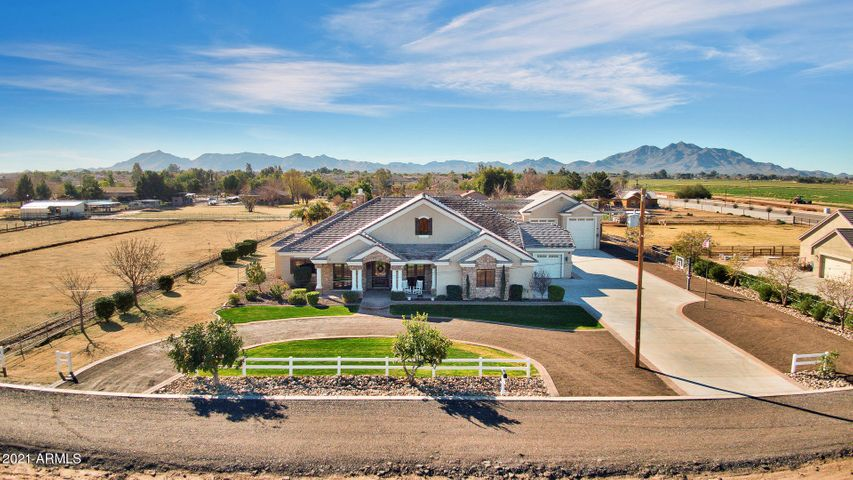
What you CAN do:
- Build a substantial home (3,000-5,000+ sq ft) with privacy from neighbors
- Create extensive outdoor living spaces, pool, shop building (check deed restrictions)
- Garden, fruit trees, small chicken coop (typically 3-6 birds)
- Practice with .22 rifles or airguns in safe backstop situations (verify local ordinances)
- Small dog training area or agility course
- Maybe 1-2 horses with supplemental feed (tight but possible)
What you CAN’T do:
- Qualify for agricultural exemption (with rare exceptions)
- Hunt anything beyond pest control
- Discharge center-fire rifles or shotguns safely in most cases
- Run livestock beyond a few chickens or maybe 1-2 horses
- Off-road riding (not enough space)
- Host commercial activities
Septic considerations: Most counties require 1.0-1.5 usable acres minimum for conventional septic systems. On a 1-acre lot, soil quality and topography become critical factors. The Texas Commission on Environmental Quality provides detailed information on septic system requirements.
Strategic insight: This acreage works perfectly for people wanting to escape HOAs and have space for outdoor living, but you’re not getting true “Texas ranch life” here. You’re getting suburban space, not rural functionality.
Tax reality: Standard residential property tax rates apply. On a $400K property in Ellis County at ~2.0% rate, that’s $8,000/year in property taxes.
3-5 Acres: The “Homestead Entry” Tier
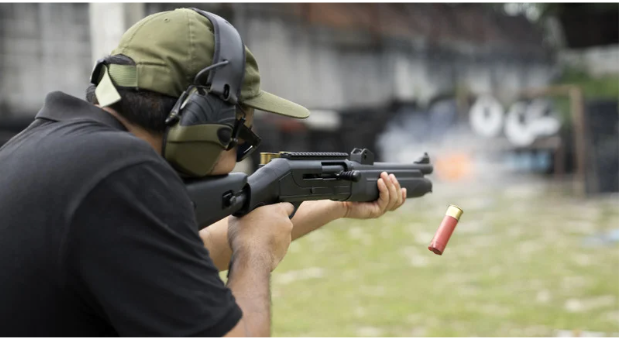
What you CAN do:
- Everything from the 1-2 acre tier, plus:
- Safe discharge of shotguns and rifles with proper backstops and considerations
- Realistic chicken flock (12-25 birds) plus other small poultry
- 2-4 horses comfortably with pasture rotation
- Small goat herd (4-8 goats) or sheep
- Large vegetable garden and small orchard (30-50 fruit trees)
- Shooting range for pistols and rifles with 100+ yard safe backstop
- Small pond (typically 1/4 to 1/2 acre) if topography permits
- Workshop, barn, or equipment storage buildings
- Begin qualifying activities for ag exemption in some counties
What you CAN’T typically do:
- Hunt deer or large game (not enough space, typically need 10+ acres minimum)
- Serious cattle operation (maybe 1-3 head, but that’s tight)
- Extended off-road trail riding (you’ll run out of space quickly)
- Large-scale hay production
Firearm discharge regulations: Most Texas counties don’t specifically regulate firearm discharge on private property IF:
- You have adequate acreage (3-5 acres typically considered minimum)
- You maintain safe backdrop/backstop
- Projectiles don’t leave your property
- You’re not within specific distances of occupied structures on neighboring properties (varies: 300-600 feet common)
- You’re not creating a nuisance (noise ordinances may apply in some areas)
- You’re not violating any deed restrictions (ALWAYS check these)
Pro tip: Call your county sheriff’s office non-emergency line and ask about discharge regulations for your specific property location. Some subdivisions near towns have deed restrictions prohibiting discharge even when county law would permit it.
Ag exemption potential: You’re at the threshold here. Some counties will approve ag exemption for 5 acres with intensive use (beekeeping, intensive wildlife management, certain crop production). Don’t count on it, but it’s possible with proper documentation.
Hunting considerations: You’re still not getting deer hunting at this acreage. White-tailed deer in North Texas need territory, and most county regulations require minimum 10 acres to discharge firearms for hunting purposes anyway. You might get some dove hunting if you’re in good habitat and have permission from neighbors for retrieve.
Tax reality: Still residential rates unless you achieve ag exemption. $500K property at 2.0% = $10,000/year.
Strategic insight: This is the “I want Texas lifestyle but have budget constraints” sweet spot. You get most of the recreational benefits without massive maintenance demands or costs.
10-15 Acres: The “Real Texas Ranch” Tier
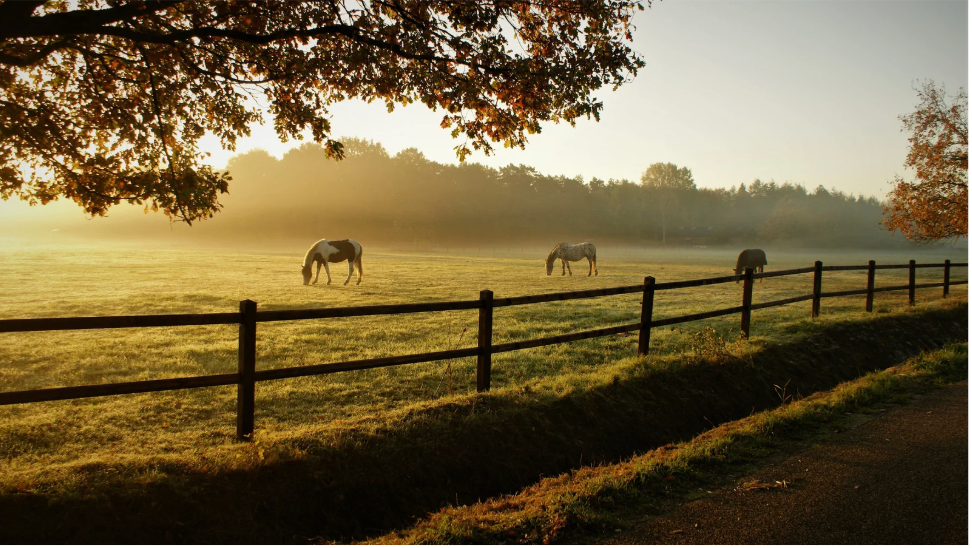
This is where everything changes. This is where you transition from “house with land” to “legitimate rural property.”
What you CAN do:
- Everything from previous tiers, PLUS:
- Qualify for agricultural exemption (major tax savings – more below)
- Hunt white-tailed deer (check specific county minimums, typically 10 acres+)
- Small cattle operation (5-10 head depending on pasture quality and management)
- Larger horse operation (6-10 horses with proper pasture rotation)
- Significant pond (1-2 acres) for fishing, irrigation, livestock water
- Hay production for own use or small-scale sales
- ATV/UTV trail system if property layout permits
- Multiple building sites for future expansion or guest houses
- Serious shooting range with multiple distances (25, 50, 100, 200+ yards)
- Beekeeping operation (10-20+ hives)
- Small orchard or vineyard (commercial potential on 10+ acres)
Hunting specifics for North Texas:
Deer: Most North Texas counties permit hunting on 10+ acres. Ellis County, for example, allows hunting on tracts 10 acres or larger, but check your specific county as some require 25-50 acres. Texas Parks & Wildlife doesn’t set minimum acreages, counties do.
Hogs: If you have wild hogs (increasingly common in North Texas), you can hunt them year-round with no bag limit on 10+ acres in most counties. This is legitimate pest control and often part of ag exemption activities. TPWD’s feral hog information provides comprehensive guidance.
Small game: Dove, rabbit, squirrel, all viable on 10+ acres if habitat is suitable. Dove hunting during September season is highly popular in Texas.
Important: Even on your own property, you need a valid Texas hunting license unless you qualify for exemptions (landowner on your own land in certain situations). And you still must follow all TPWD seasons and bag limits.
Agricultural exemption details (this is where it gets REALLY interesting):
Texas offers 1-d-1 agricultural appraisal which can reduce your property taxes by 70-90%. The Texas Comptroller’s Office provides the official guidelines. Here’s how it actually works:
Minimum acreage requirements by county (verify locally as these can change):
- Most North Texas counties: 10-15 acres minimum for livestock/hay production
- 5-10 acres possible for intensive ag (beekeeping, certain crops, specialized livestock)
- Wildlife management: Typically 10+ acres minimum, some counties allow less
- Timber production: Usually 20+ acres practical minimum
Qualifying activities (you need ONE of these):
- Livestock/Grazing: Cattle, horses, sheep, goats – Must demonstrate appropriate stocking rates for your acreage and soil type. Texas A&M AgriLife Extension provides county-specific stocking rate guidance. Ellis County guideline: approximately 1 cow per 1-2 acres depending on pasture quality.
- Hay production: Must harvest and bale hay regularly (at least annually). Document sales or use. Even if you use hay for your own livestock, this counts.
- Wildlife management: Must have approved wildlife management plan implementing at least 3 of 7 approved practices:
- Habitat control (brush management, prescribed burning)
- Erosion control
- Predator control
- Providing supplemental water
- Providing supplemental food
- Providing supplemental shelter
- Census counts and data collection TPWD’s Wildlife Management for Tax Valuation guide is essential reading for this approach.
- Beekeeping: Typically requires 5-6 colonies minimum, must demonstrate honey production or pollination services. The Texas Beekeepers Association offers resources for qualifying operations.
- Horticulture/crops: Vegetable production, orchard operations, vineyard – must demonstrate commercial-scale operation with sales records.
The application process:
- File between January 1 and April 30 with your county appraisal district
- Must show 5 years history of ag use OR credible plan for new ag use
- Provide documentation: receipts, sales records, wildlife management plan, photos, stocking records
- Degree of intensity matters – you can’t just put one cow on 10 acres and expect approval
You can find your county appraisal district through the Texas Association of Appraisal Districts directory.
The tax math (this is CRITICAL):
Let’s say you buy 10 acres in Ellis County for $500,000 ($50K/acre).
WITHOUT ag exemption:
- Assessed value: $500,000
- Tax rate: ~2.0%
- Annual taxes: $10,000
WITH ag exemption:
- Residential value (home + 1 acre): ~$300,000
- Ag land value (9 acres): ~$1,000-2,000/acre = $9,000-18,000
- Total taxable value: ~$309,000-318,000
- Annual taxes: ~$6,180-6,360
- Annual savings: ~$3,640-3,820
- 10-year savings: $36,000-38,000
- 20-year savings: $72,000-76,000
Those are real dollars that compound significantly over time.
The rollback tax risk: If you convert ag-exempt property to non-ag use, you owe the tax difference for the previous 3-5 years (depending on circumstances). On the example above, that could be $10,000-20,000. Plan for this if you’re buying with future development/subdivision plans.
Strategic insight: This is the acreage where economics and lifestyle align perfectly. You get legitimate Texas ranch living, meaningful tax savings, and real recreational opportunities. This is what I recommend to most buyers who want the “full Texas experience.”
20-40 Acres: The “Serious Ranch Operation” Tier
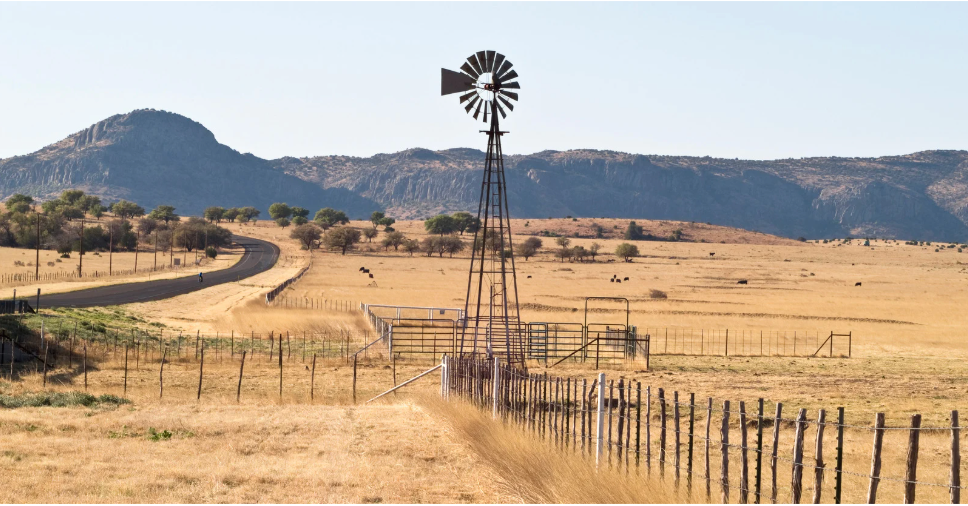
What you CAN do:
- Everything from previous tiers, PLUS:
- Legitimate cattle operation (10-30 head depending on management)
- Extensive trail systems for horses, ATVs, UTVs
- Multiple ponds and water features
- Serious hunting operation (lease potential to offset costs)
- Larger hay production operation (commercial sales potential)
- Timber management for income (if wooded property)
- RV park or hunting cabin rental business (check regulations)
- Agricultural events/agritourism opportunities
Hunting game-changer: At 20+ acres, you have legitimate hunting property. White-tailed deer patterns become more predictable, you can implement food plots and habitat improvements, and you might generate lease income.
North Texas hunting lease rates (current market):
- Day hunting leases: $10-30/acre/year
- Seasonal hunting leases: $20-40/acre/year
- Managed hunting properties with feeders/stands: $40-75/acre/year
On 25 acres, a hunting lease could generate $500-1,875/year, helping offset property taxes and maintenance costs. Texas Farm Bureau’s hunting lease information provides additional guidance on structuring lease agreements.
Off-road recreation: Now you’re talking. You can create legitimate trail systems, practice areas, and actually enjoy ATVs/UTVs without immediately running out of space. Many buyers at this acreage level are specifically looking for off-road recreation opportunities. Be aware of Texas off-highway vehicle regulations if you plan to ride on public roads.
Fishing: A 1-2 acre pond on 20-40 acre property can be professionally stocked and managed for excellent bass, catfish, and panfish fishing. Budget $5,000-15,000 for proper pond construction and initial stocking. Texas Parks & Wildlife’s Private Lands and Waters program offers technical assistance for pond management.
Firearm use: You have extensive safe zones for any shooting activities – long-range rifle practice, shotgun sports, pistol training, even tactical courses if that’s your interest. This is the acreage where serious shooting enthusiasts can really design ideal facilities.
Ag exemption: Solidly qualified. Multiple ag activities are easily supported at this acreage level.
Tax example (20 acres at $40K/acre = $800K total):
WITHOUT ag exemption: ~$16,000/year
WITH ag exemption: ~$7,500-9,000/year
Annual savings: ~$7,000-8,500
10-year savings: ~$70,000-85,000
Strategic insight: This is “real ranch” territory. You’re not playing at it anymore – this is legitimate land management, livestock operation, and recreational property. Buyers at this level are typically either serious about land management or looking at investment/income potential.
50-100+ Acres: The “Estate/Commercial Ranch” Tier
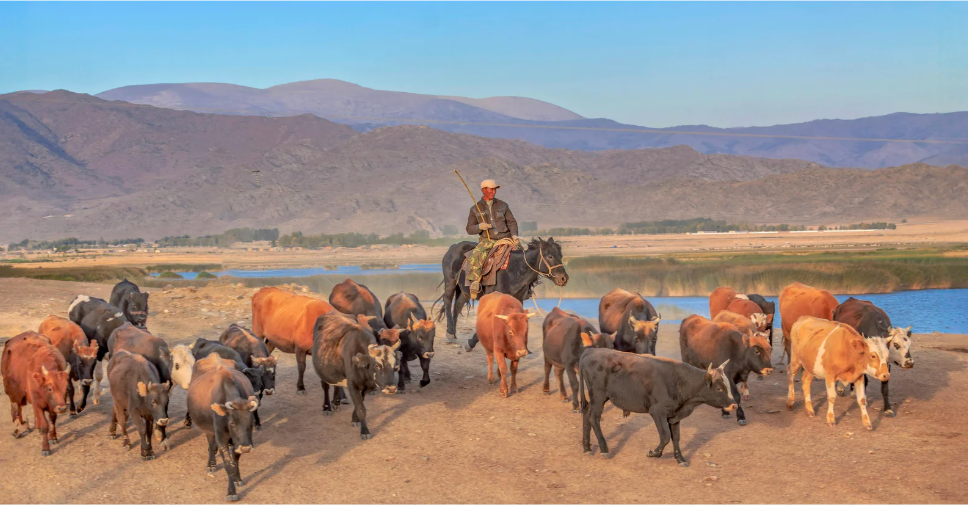
What you CAN do:
- Everything from previous tiers, PLUS:
- Commercial cattle operation (50-100 head practical depending on property)
- Commercial hunting operation (lease to multiple hunters, guided hunts)
- Large event venue potential (weddings, corporate events – check regulations)
- Extensive infrastructure (multiple homes, barns, shop buildings)
- Commercial hay operation
- Potentially subdivide and sell parcels (check restrictions and county regulations)
- Serious wildlife management with measurable habitat improvement
Hunting: Now you’re talking premier hunting property. 50+ acres can support comprehensive deer management, potential for exotic game (with TPWD permits), and serious hunting lease income. TPWD’s Managed Lands Deer Program becomes a valuable option at this acreage level.
Shooting sports: You could build competition-level shooting facilities – long-range rifle (1,000+ yards), sporting clays courses, 3-gun competition ranges. Some landowners monetize this with memberships or events.
Ag exemption: Automatically qualified with appropriate use. At this acreage level, you might have multiple ag enterprises operating simultaneously.
Tax example (80 acres at $30K/acre = $2.4M):
WITHOUT ag exemption: ~$48,000/year
WITH ag exemption: ~$15,000-20,000/year
Annual savings: ~$28,000-33,000
10-year savings: ~$280,000-330,000
Those tax savings alone can cover a significant portion of your land note.
Strategic insight: This is investment-grade land. Buyers here are thinking about income production, legacy property for family, or land banking for future appreciation. Many properties at this scale have income-generating components (hunting leases, hay sales, cattle operations, event venues) that meaningfully offset ownership costs.
The Practical Regulation Reality Check

Let me give you straight information on key regulatory questions:
Firearm Discharge Regulations in North Texas Counties:
General Texas law: No state law prohibits shooting on private property UNLESS:
- Within city limits (cities may regulate)
- Projectiles leave your property
- You’re intoxicated
- You’re creating criminal mischief/endangerment
The Texas Penal Code Section 42.12 addresses reckless discharge of firearms.
County-level reality:
- Most North Texas counties have NO county-wide firearm discharge ordinances
- Some counties restrict discharge within certain distances of occupied structures (300-600 feet common)
- Subdivisions may have deed restrictions prohibiting discharge entirely
- Noise ordinances may apply if you’re creating sustained nuisance
Practical guidelines I give clients:
- 3-5 acres: Generally acceptable for shooting with proper backstops
- 10+ acres: Rarely any issues if you’re using common sense safety practices
- Under 3 acres: Verify very carefully, likely too restricted in most situations
CRITICAL: Always check:
- County regulations (call sheriff’s office)
- City extraterritorial jurisdiction (ETJ) if near city limits
- Deed restrictions (these often prohibit discharge even where county permits)
- Neighboring property proximity and relationships
Hunting Regulations (COUNTY-SPECIFIC):
Ellis County: 10 acres minimum for hunting with firearms (verify current regulations)
Denton County: 10 acres minimum
Collin County: 10 acres minimum
Many counties: Some require 25-50 acres for hunting, especially nearer to incorporated areas
Always verify with county clerk or sheriff’s office for current regulations on any specific property.
Texas Parks & Wildlife requirements (apply regardless of acreage):
- Valid hunting license (unless landowner exemption applies)
- Follow all seasons and bag limits
- Hunter education certification if born after Sept 1, 1971
- Proper game tags and documentation
MLD Program (Managed Lands Deer Program): If you qualify (usually 100+ acres or cooperative with neighbors), you can get custom season dates and bag limits based on your management plan. This is for serious operations but worth knowing about.
Livestock Regulations:
No county-level prohibitions on livestock in unincorporated areas UNLESS:
- Deed restrictions prohibit or limit livestock
- Subdivision regulations apply
- Health/safety nuisance issues arise
Practical stocking rates for North Texas:
- Cattle: 1 cow per 1-2 acres (varies significantly by soil, rainfall, management)
- Horses: 1-2 acres per horse minimum
- Goats/Sheep: 5-8 per acre possible with intensive management
- Chickens: No practical limit on larger acreages; check deed restrictions on smaller properties
Texas A&M AgriLife’s Natural Resources Management guides provide detailed stocking rate recommendations by region and forage type.
Fencing requirements: Texas is a “fence-out” state, meaning livestock owners are generally not liable for damage if neighbors don’t fence their property. BUT – you’re still responsible for managing your animals appropriately and preventing nuisance situations. The Texas Animal Health Commission regulates certain livestock health and movement requirements.
The Strategic Property Selection Process
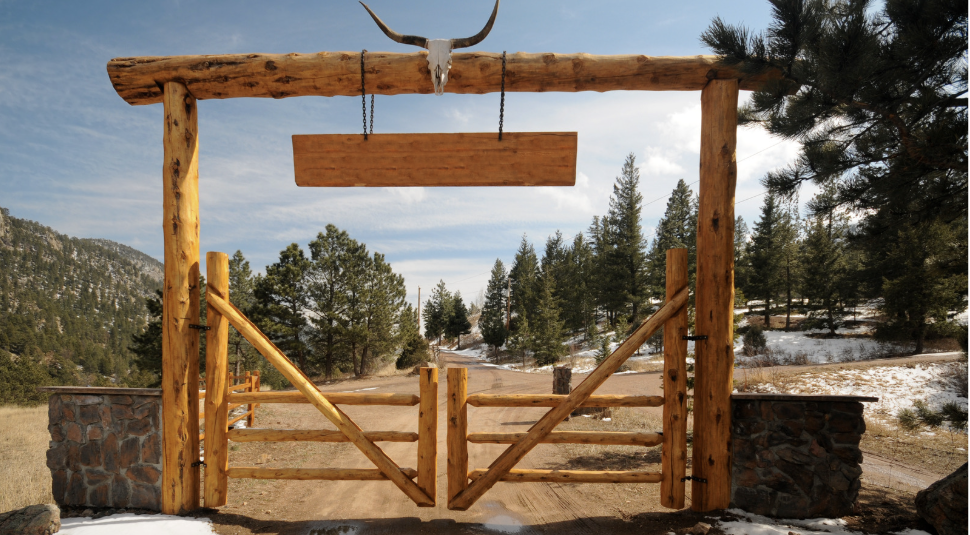
Here’s how I walk clients through actual property evaluation:
Step 1: Define Your True Use Case
Be honest with yourself:
- “I want to shoot targets occasionally” = 3-5 acres probably sufficient
- “I want to hunt deer on my own property” = 10+ acres minimum
- “I want a livestock operation and serious tax savings” = 10-20 acres
- “I want to create an income-producing recreational property” = 20-50+ acres
- “I want off-road riding and trails” = 20+ acres for meaningful experience
Step 2: Research County Regulations for Target Areas
Before you even look at properties:
- Call county sheriff’s office about discharge regulations
- Check with county clerk about hunting minimums
- Review county appraisal district website for ag exemption guidelines
- Research typical deed restrictions in areas you’re considering
The County Information Project provides links to all Texas county offices and contact information.
Step 3: Evaluate Properties With Regulatory Reality
When I show properties, we evaluate:
- Does acreage support intended use? (not just “is it pretty”)
- What do deed restrictions actually allow?
- What are neighbor proximity and relationship factors?
- Is soil/topography suitable for infrastructure needs?
- Can property qualify for ag exemption if that’s important?
Step 4: Run The Numbers Honestly
Calculate:
- Property taxes with and without ag exemption
- Potential income (hunting leases, hay sales, livestock)
- Infrastructure development costs (fencing, water, buildings)
- Annual maintenance costs (property management, brush control, etc.)
- Commute costs if this is not primary residence
Step 5: Professional Due Diligence
Before closing:
- Survey (non-negotiable on raw land) – find licensed surveyors through the Texas Board of Professional Land Surveying
- Title review with attorney
- Deed restriction and easement review
- Soil evaluation if building – contact USDA Natural Resources Conservation Service for soil surveys
- Water well evaluation if existing well, or neighbor well info if drilling new
- Septic feasibility evaluation
- Environmental considerations (flood zones, wetlands, endangered species) – check FEMA flood maps
Common Buyer Mistakes I See Repeatedly
Mistake #1: Buying based on feeling instead of use case
Result: End up with wrong acreage – either too much land (maintenance burden) or too little (can’t do what they wanted)
Mistake #2: Ignoring deed restrictions
Result: Buy property planning to run cattle, discover deed restrictions prohibit livestock. Or plan shooting range, restrictions prohibit discharge.
Mistake #3: Assuming ag exemption is automatic
Result: Budget based on reduced taxes, then can’t qualify or don’t maintain qualifying use. Hit with rollback taxes later.
Mistake #4: Underestimating infrastructure costs
Result: Buy raw land at good price, then discover $50K+ needed for well, septic, electric, roads before it’s usable.
Mistake #5: Not verifying hunting/shooting regulations
Result: Buy “hunting property” that doesn’t meet county minimums, or in subdivision with discharge restrictions.
Your Action Plan

Month 1: Define and Research
- List your actual intended uses (be specific – “shoot trap” not just “shoot”)
- Calculate realistic budget including infrastructure and annual costs
- Research 3-5 target counties and their specific regulations
- Determine minimum acreage based on TRUE use case
Month 2: Strategic Property Search
- Work with agent who knows land (not just residential – LAND)
- Request deed restrictions BEFORE viewing properties seriously
- Evaluate minimum 10-15 properties to understand market
- Test commutes, visit areas multiple times
Month 3: Due Diligence and Decision
- Professional survey, soil evaluation, well analysis
- Attorney review of title and restrictions
- Calculate true all-in costs with maintenance
- Make informed offer based on data, not emotion
The Bottom Line
Texas land buying isn’t about buying the biggest property you can afford. It’s about matching acreage to intended use, understanding regulatory reality, and structuring ownership to maximize economic benefit (ag exemption).
Most buyers focus on the wrong things, aesthetics, “feeling,” or what the property listing claims. Smart buyers focus on:
- ✅ Does acreage support my actual activities?
- ✅ Do regulations permit what I want to do?
- ✅ Can I qualify for tax benefits?
- ✅ Does the property have income potential if I want it?
- ✅ Are infrastructure costs reasonable?
- ✅ Does this property fit my 10-year plan, not just today?
This is exactly the analysis I provide clients. Not just showing properties, but strategic evaluation of what you’re trying to accomplish and which properties actually achieve those goals.
For additional research, the Texas Real Estate Commission provides consumer information about real estate transactions, and the State Bar of Texas Real Estate Center offers comprehensive research on Texas land and real estate markets.
Ready to talk about your specific situation? Text me at 214-228-0003.
Let’s figure out exactly how much land you actually need, what regulations apply to your intended use, and which properties in the current market best match your goals.
📊 Your North Texas land intel source
🎯 Text 214-228-0003 for strategic consultation
Bobby Franklin – REALTOR®
Legacy Realty Group – Leslie Majors Team
Serving Ellis County & DFW






Join The Discussion